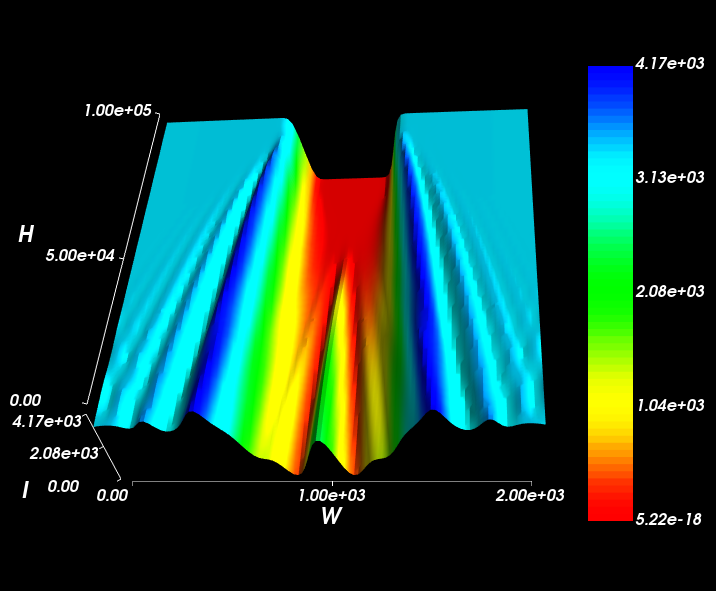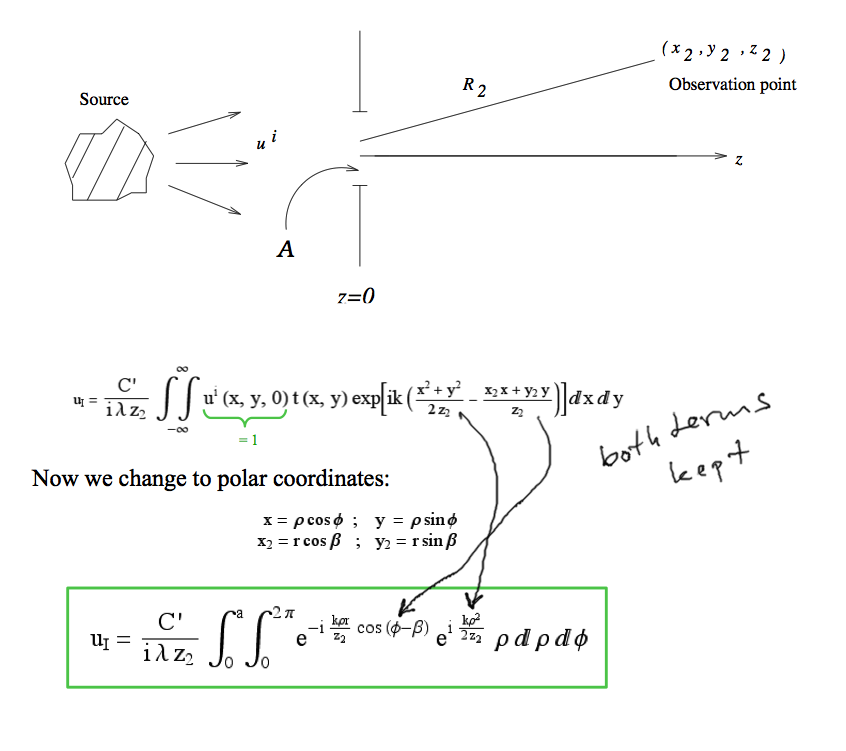

If the the diffraction grating light up a monochromatic white light, the image will be shown in Fig. Thus, the diffraction pattern with diffraction on grating will be: the main maxima will not, and will be the primary minimum. Between them on the N - 2 = 3 additional maxima and N – 1 = 4 additional minimum. Then the number of major peaks (sin φ = 1) k max < d/λ. Thus, the diffraction pattern, at the diffraction on grating depends on N and the ratio d/ b. Additional maxima condition :īetween the main peak will be located ( N - 1) additional minima. Additional peaks is N - 2, where N - number of strokes. Between the main peaks are additional very weak peaks, the intensity of which is much less than that of the main peaks (1/22 the intensity of the nearest main maximum). These peaks are located symmetrically relative to the center (zero k = 0) maximum.įor those angles φ, which is performed at the same time (2) and (3) the maximum will not, and will be a minimum (eg, d =2b for all even k =2 р, р = 1, 2, 3.). The maximum condition : the cases φ, which satisfy the maximum for the single slit can be either maxima or minima, as it all depends on the path difference between the beams. In areas in which there is a minimum of one slit, and minimums will be in the case of N slots, ie the condition of the primary minimum of the diffraction grating is analogous to the condition for the minimum gap: Because slits are separated by the same distance, the differences of the rays coming from the two adjacent slots will be for the direction φ are identical across the entire grating. The diffraction pattern on the lattice is defined as the mutual interference of the waves coming from all the cracks, ie a diffraction grating is multipath interference. The diffraction grating is a collection of a large number N of identical width and parallel slits separated by opaque intervals, of the same as the width. The main maximum in this case will be white.

While violet light will deviate less blue - more, etc., red - maximum. When falling of white light is decomposed into its components. When b > λ in the center of the source image is sharp, ie have the rectilinear propagation of light. With the broadening of the gap ( b > λ ) peaks will be brighter, but the diffraction bands are narrower, and the number of bands themselves - more. The narrowing gap leads to a broadening of the main peak and a decrease in its brightness (the same with the other peaks). The main part of the light energy is concentrated in the main maximum: m = 0:1:2:3. In the gap fits one Fresnel zone and, therefore, in point P the main (center) a maximum of zero order. Maximum condition : If an odd number of Fresnel zones Then in point P is observed diffraction minimum. Minimum condition for Fresnel diffraction: If an even number of Fresnel zones Number of Fresnel zones у fit the width of the gap depends on the angle φ. The amplitudes of the secondary waves in the plane of the slit will be equal, as the selected Fresnel zone have the same size and equally inclined to the direction of observation. Because light is normally incident on the slit, the slit plane coincides with the wave front, so that all points in the plane of the front slot will vary in phase. The width of each band is selected to the path difference from the edges of these zones is equal to λ /2, ie, in all on slit width go in зон. We divide the wave surface at the site MN gap on the Fresnel zone, having a form of bands parallel to the edge of the M slots. The path difference between the beams 1 and 2 in the direction φ §4 Fraunhofer diffraction on a single slitįraunhofer diffraction (or diffraction plane light waves, or parallel-ray diffraction) was observed in the case where the light source and the observation point is infinitely removed from the constraints of diffraction.


 0 kommentar(er)
0 kommentar(er)
